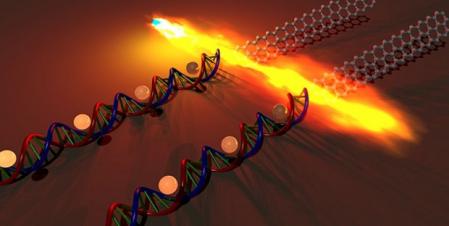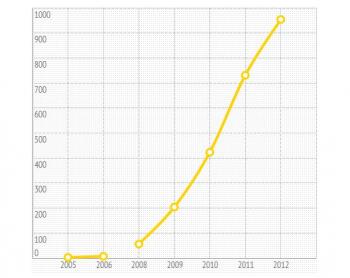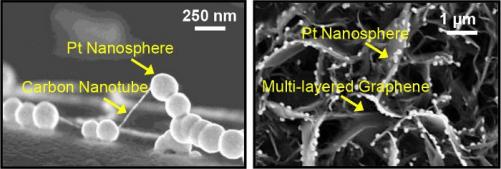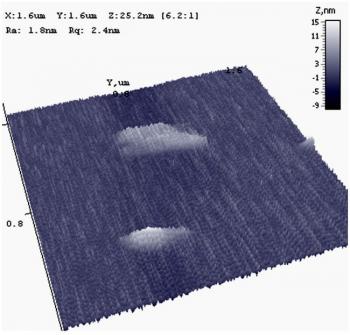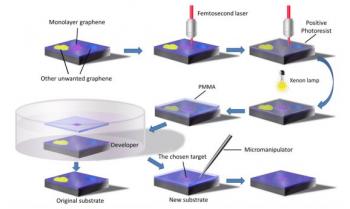Researchers compare different graphene measurement techniques
Researcher from the National Physical Laboratory (NPL), Royal Holloway, University of London, and Sweden's Linkoping University compared three commonly used measurement techniques: frequency-modulated Kelvin probe force microscopy (FM-KPFM), amplitude-modulated Kelvin probe force microscopy (AM-KPFM) and electrostatic force spectroscopy (EFS). They say that FM-KPFM and EFS (both frequency-modulated techniques) offer more accurate surface potential and higher spatial resolution, compared to KPFM (amplitude-modulated).

The researchers hope that their research is a step towards standardizing important electrical parameters of graphene such as surface potential and work function. They suggest a route towards graphene measurement standardization made in ambient conditions, rather than in vacuum (because these conditions are more representative of the environments found in general research laboratories and industry).
